When selecting edge banding, buyers typically focus on four main factors, regardless of the material.


Materials
Plastic edge bandings are among the most popular choices today. At Luyao Group, we specialize in manufacturing and exporting three types: PVC, ABS, and PMMA (3D).
- PVC: This is the go-to material for many buyers due to its exceptional performance. PVC edge banding is heat-resistant, oil-resistant, and wear-resistant, offering impressive strength and durability. Plus, it’s cost-effective, making it a smart choice for a variety of applications.
- ABS: Known for its advanced properties, ABS edge banding is free from calcium carbonate, resulting in a smooth, translucent finish that won’t turn white after trimming. While it’s less flexible and generally more expensive than PVC, its high quality makes it worth considering.
- 3D Edge Banding: Also referred to as acrylic edge banding, this material is made from PMMA (polymethyl methacrylate). It boasts excellent transparency, chemical stability, and climate resistance. It’s easy to dye and process, offering a glossy finish and great abrasion resistance. However, it does come at a higher price point.
Color Matching
One of the primary functions of edge banding is to cover the sides of boards, enhancing the overall look of your furniture. Effective color matching is essential, and it’s often the first factor buyers consider.
At Luyao Group, we have over 10 years of experience in this area. Our skilled team can provide more than 1,000 print models to ensure a perfect match for your boards. We also offer customization options for unique designs. Color matching is one of the first steps in our production process, and we can send samples for your approval before we move forward.
No matter what materials are the edge bandings, there are 4 points that our buyers care the most.
¤Materials
Today, we only talk about the plastic edge bandings. As shown in our website, we are factory and exporter of PVC edge bandings, ABS edge bandings and PMMA 3D edge bandings.
PVC is the most popular materials that buyers choose when they purchasing edge bandings. The PVC edge band have excellent performance: Heat resistance, oil resistance, wear resistance, and high strength and hardness. And the comprehensive cost -effective is relatively high!
ABS as one of the most advanced materials in the world, can make the edge band strip without any calcium carbonate. It smooth and translucent, it will not be white after trimming. But it has less flexibility and higher price than PVC edge band.
3D edge banding also called as acrylic edge banding, which is made of PMMA. It is methalinyl a metalone polymer, has good transparency, good chemical stability, climate resistance, easy to dye, easy to process, better surface gloss, abrasion resistance, beautiful appearance, While, the disadvantage is that the price is even higher.


Trimming Effect
Trimming is another important aspect for buyers. Most edge banding needs to be trimmed after application, and the difference is especially noticeable with thicker edge bandings (like those measuring 2mm or 3mm).
The quality of the trimming is influenced by the materials used. Edge bandings with a higher content of plastics like PVC, ABS, or PMMA tend to yield better trimming results, often matching colors seamlessly after the process.
Glue
When we talk about glue in this context, we’re referring to the adhesive on the back of the edge banding, commonly known as the primer.
The quality and quantity of this primer are crucial as they directly affect the bonding effectiveness and longevity of the edge banding. Insufficient primer can lead to poor adhesion, resulting in a failed application. On the other hand, too much primer can damage the surface of the edge banding or the MDF or plywood beneath it.
By keeping these key factors in mind, you can make an informed decision that ensures a successful and visually appealing edge banding application!









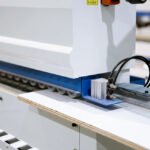


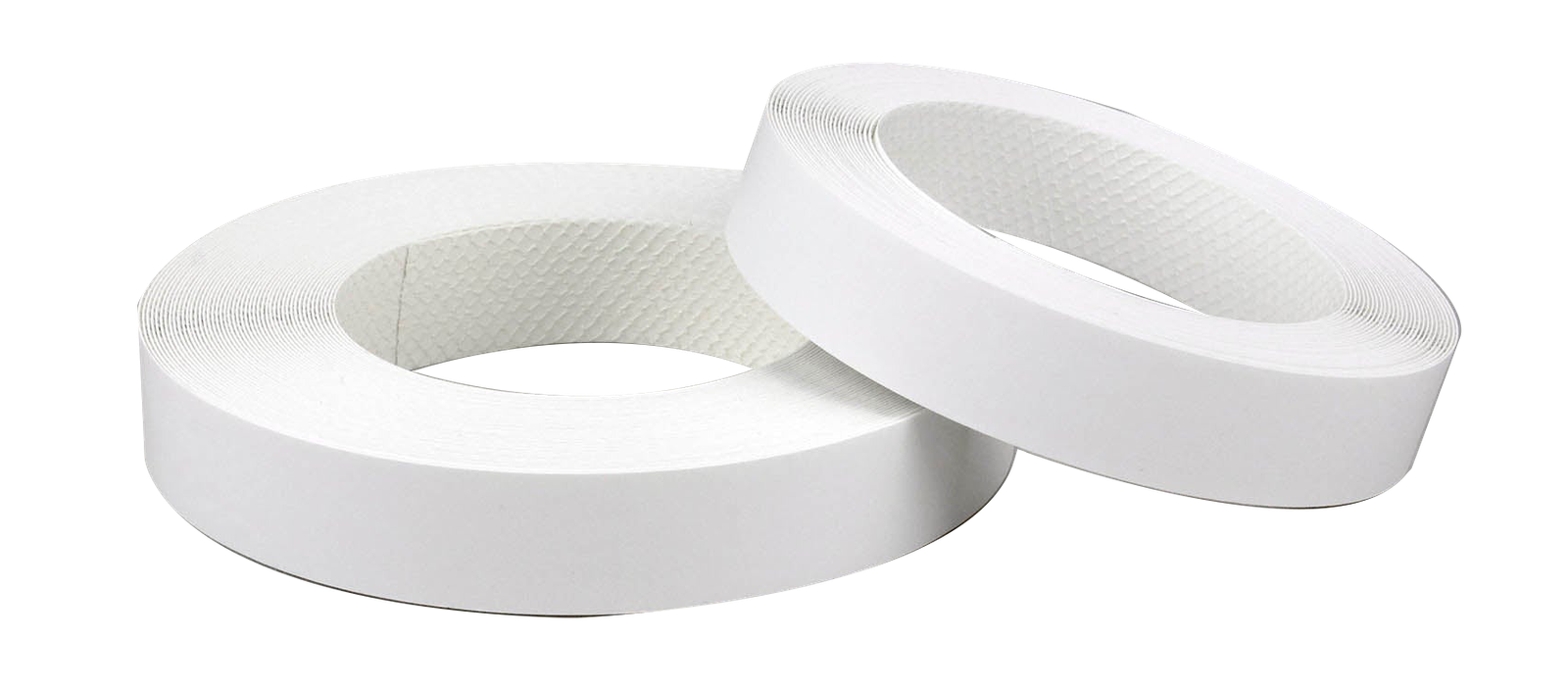



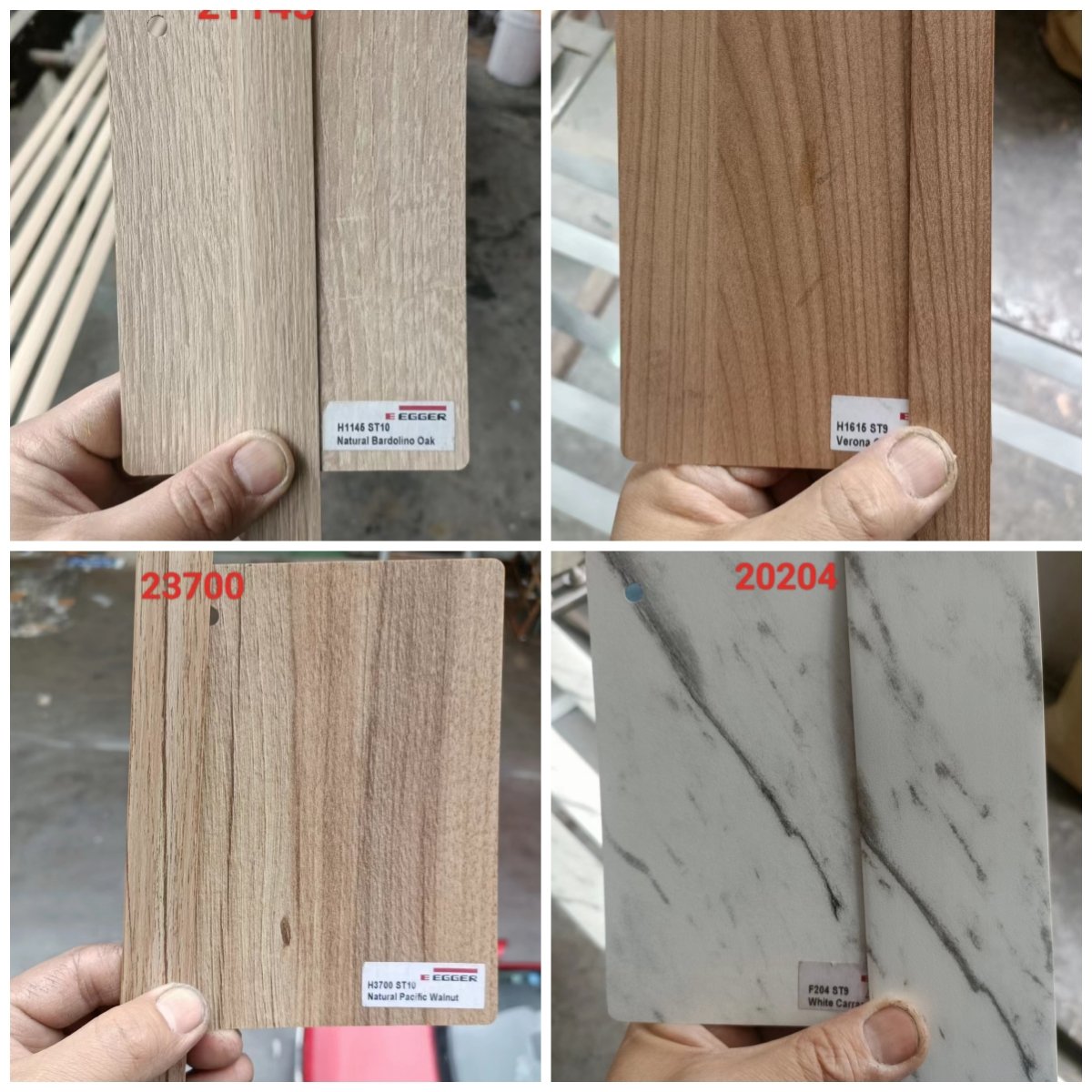




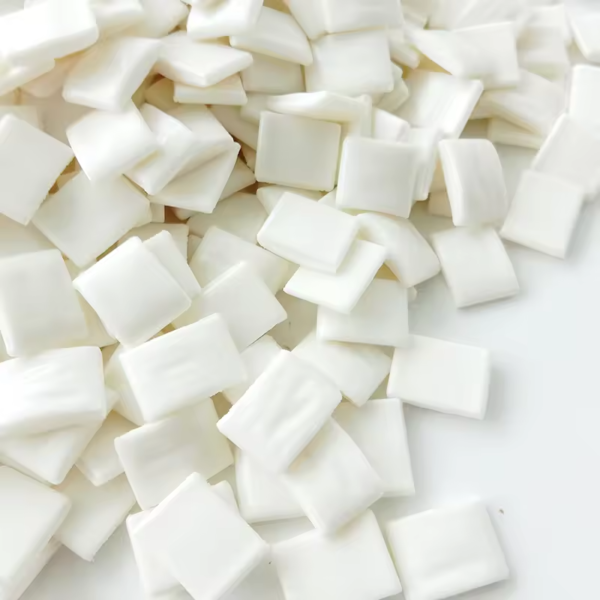

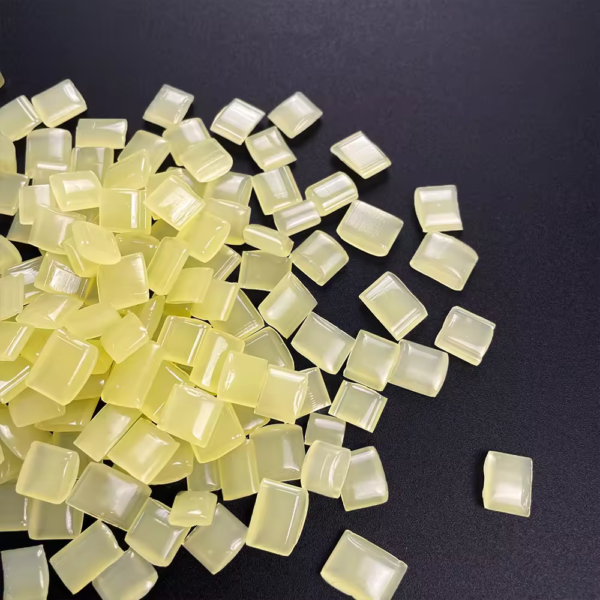

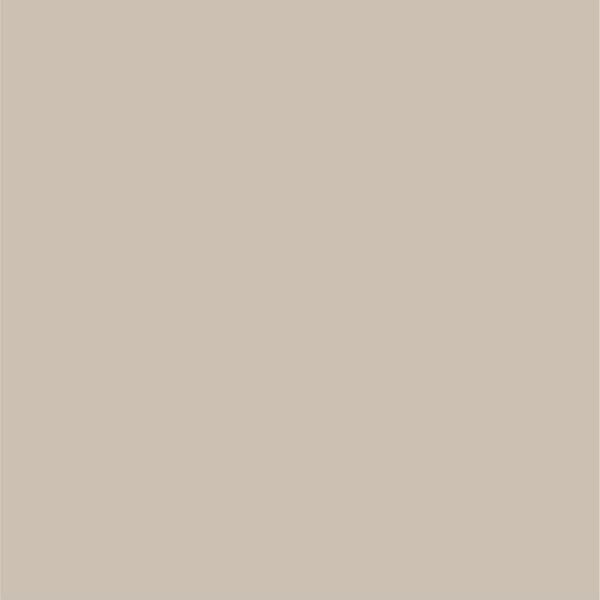
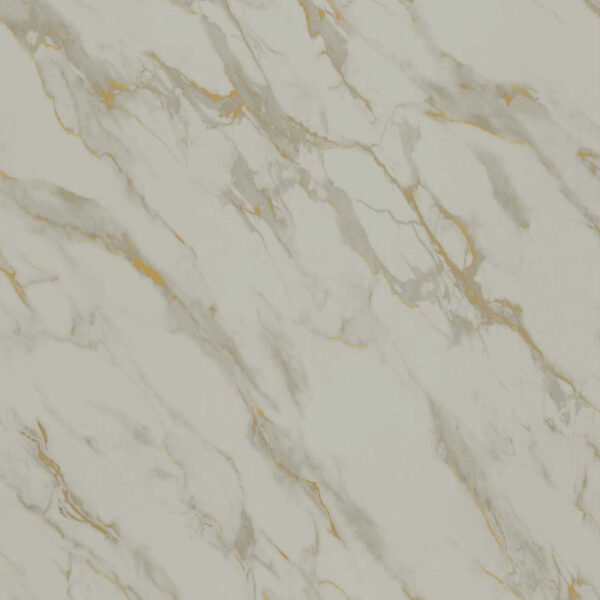

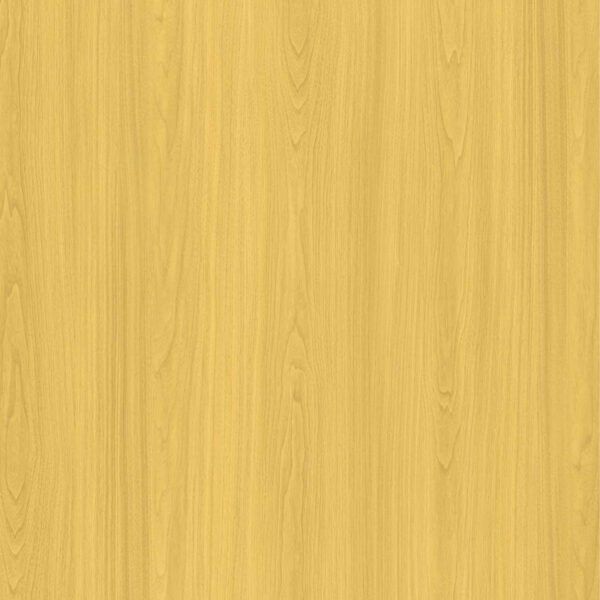


Leave a Reply